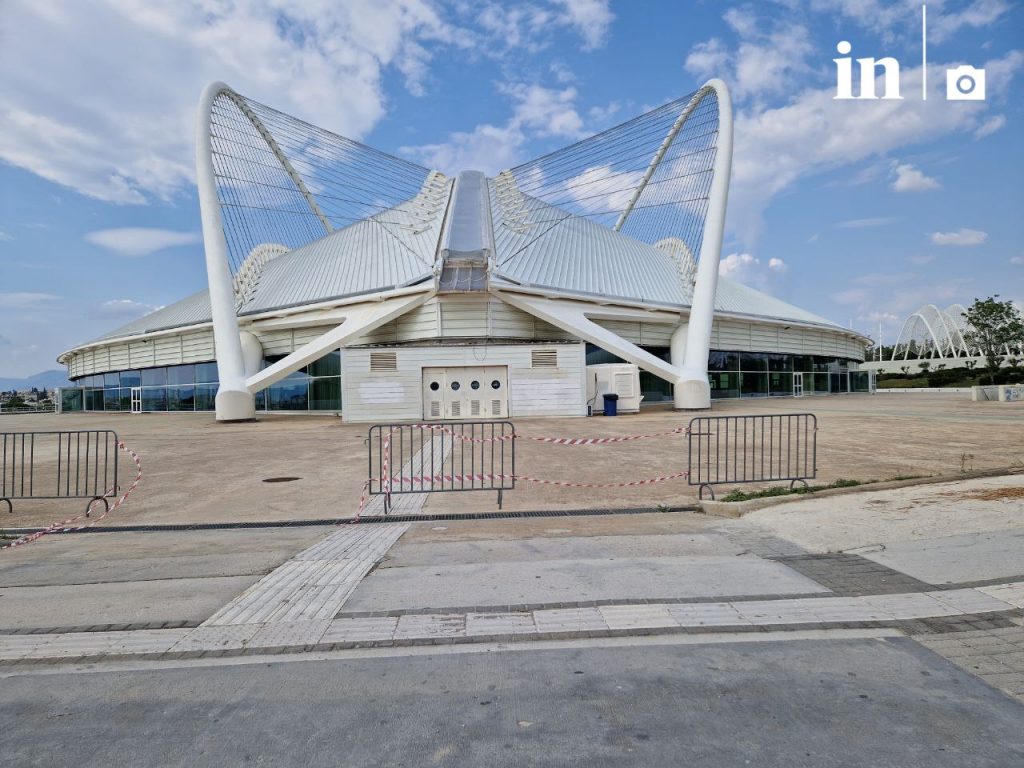
New revelations about the unmaintained Athens Olympic Complex-OAKA are coming to light, while the results of the second study by the Technical Chamber of Greece on the Calatrava shelters are awaited.
Apparently there was also a previous study on the condition of the Olympic Stadium that was completed in October 2020 that identified serious problems due to lack of maintenance, which it said should be addressed as soon as possible. The study was assigned to the Greek technical company, DOMI SA, and was then submitted to the General Secretariat of Sports and the Ministry of Infrastructure.
According to SKAI channel, the specific report came to two main conclusions regarding the stadium canopy.
A) During the inspection of the German Bust in the period 2007-2008, no stability problems were detected. The inspection was carried out in view of the final acceptance of the stadium by the Greek government
B) However, in 2020 the Greek company DOMI SA identified more serious problems due to lack of maintenance which, as it stated, should be addressed as soon as possible, sounding the alarm. These are oxidations, paint problems and various spots of bad workmanship.
However, a new study was assigned in November 2022 to the same company, DOMI SA, and was completed in the August-September period of 2023, and it only concerned the Calatrava metal construction. The study concluded that the metal structure does not meet the minimum allowable level of static adequacy. In fact, the problem was identified by the construction of the metal roof which, as it mentioned, does not meet the safety standards.
Problem in the stands
“We realized that there is a very serious problem, which has been documented by a new initial study. That’s what we understand. And the evacuation that took place was right,” said the professor of Antiseismic Constructions of NTUA, Kostas Spyrakos, to ERT television.
In addition, he emphasized that it is the stands that present a problem, and not just the canopy, adding that replacing the canopy would be the result of an economic and technical study.
Asked if he was also afraid of other constructions in the country, he said that “since we don’t have inspections as they should be done at regular intervals, we will constantly face problems of this kind, not only in buildings, such as the stadium, but also in bridges”.
“There was a manual. The issue of whether this manual had been used or not. It obviously hasn’t been used, and that shows how we’ve gotten to where we are today.”
“I think there was a monitoring of the state of the stadium. They had rung the bell several times of danger to the services, but I think proper measures had not been taken for various reasons which I do not want to expand. Now, whether we will have sudden failures and mourn casualties depends on the type of build. They are constructions that show damage little by little, and this is the majority of constructions, because this is how we study whenever we have time to intervene. But there are also cases, especially in old constructions, where the failure is abrupt.
“Checks must be done at regular intervals”
“From the first day that the stadium starts operating, the process of checking it must also begin. In 2006, I participated in a scientific committee that prepared such a manual that detailed what controls should be undertaken, what instruments should be placed, so that the size and location of the damage can be identified in time, so that one can intervene immediately and effectively”, Mr. Spyrakos noted, among other things, underlining that: “There was a manual. The issue of whether this manual had been used or not. It obviously hasn’t been used, and that shows that we’ve gotten to where we are today.”
In addition, the professor emphasized that “it is international practice to monitor projects of this scope, of this size. In the meantime, because the building appears to be complex and it is complex, it has certain elements, such as the cables, which one can easily control and by controlling these cables lead to certain decisions and the taking of certain measures. Well, I see that a detailed procedure for control and intervention should not have been followed.”
“While constructions must be inspected, and in fact at regular intervals, there are actually proposals from the regulation on when they should be done, depending on the importance of the building and the type of construction, in some countries this is required by law, i.e. when the checks should be done, what kind of checks should be done and at what time intervals. Because if this is not done, small problems, like in man, get worse. It is the same behavior and constructions and costs are higher. So the cost of this monitoring and the placement of the instruments is a multiple of the cost of the operations that I believe we will be led to,” Mr. Spyrakos emphasized.
Investigations are ongoing
Meanwhile, the prosecutor’s investigation into OAKA is ongoing, with questions about the lack of maintenance being serious.
The inspection will focus on the following questions:
-What were the manufacturer’s recommendations for maintenance and if they were followed
-If there were recommendations from other bodies for periodic maintenance
-Why was the study done now and for what reason was it started?
According to what has become known, from November 2021 to November 2022, the Hellenic Republic Asset Development Fund-HRADF “ran” the tender for the inspection of the Calatrava roof and other roof structures.
In April 2023, inspections at the OAKA were in full swing and covered the Central Stadium canopy, the velodrome canopy, the OAKA’s two entrances, the Wall of Nations and the market.
Now, crews are checking for problems in facilities such as corrosion, peeling, welds and hangers.
On September 29, 2023, TAIPED delivered the conclusion to the management of OAKA, with the findings being alarming. According to the conclusion, the Calatrava and cycle track shelters do not have the required static adequacy.
When will OAKA reopen?
The administration of OAKA is awaiting the results of the second study by the Technical Chamber of Greece on the Calatrava shelters. The re-evaluation will begin immediately in order to investigate and confirm the first finding of the HRADF, which mentions a static adequacy problem. A special team of the Technical Chamber of Greece in collaboration with scientists of the National Technical University of Athens, will perform a new inspection.
In the meantime, at a press conference held on Monday afternoon (02/10), the Deputy Sports Minister did not give a date for when the OAKA will reopen. Regarding the velodrome, he stated that its operation is expected to be restored within 2024.
However, his belief that one year might not be enough for the restoration of the Calatrava roof was expressed (ERT) by Professor Emeritus and former Director of the Metal Structures Laboratory of National Technical University of Athens Ioannis Vagias.
However, Mr. Vagias pointed out that he has not seen the conclusions of the study, nor what restoration works exist and he does not know what will need to be done.
Stating his experience from the corresponding valuation and strengthening study of the 1960 drawbridge of Chalkida, a clearly smaller project, he stated that five years are needed to complete its restoration. And referring to the Calatrava shelter at OAKA he underlined: “I don’t know details about the project, I haven’t dealt with the project and I don’t know it in depth. However, I believe that if it is indeed dangerous, then extensive extensive remedial action will be needed. One year is short.”
Finally, he noted that metal structures are the oldest in the world. In metal construction, the damage is superficial and usually much easier to repair, with welding and reinforcements, while, on the contrary, the reinforcements of concrete constructions are much more difficult.
Latest News

Tourist Spending in Greece Up by 14%, Visa Card Analysis Shows
Greece’s capital Athens emerged as the most popular destination, recording a 17% increase in transactions with Visa cards, surpassing even the cosmopolitan island of Mykonos.

Inflation in Greece Unchanged at 2.4% in Nov. 2024
The general consumer price index (CPI) posted a 0.4% decrease in November compared to the previous month

2024 Christmas Holidays: Extended Shop Hours Schedule
The 2024 Christmas Holidays extended shop hours schedule commences on Thursday, December 12 and runs until the end of the year.
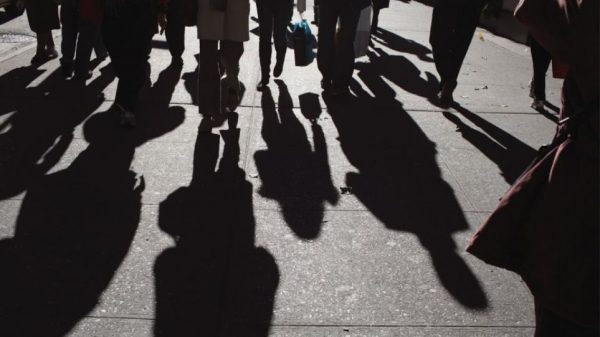
ELSTAT: Seasonally Adjusted Unemployment Down in October
The number of employed individuals reached 4,284,694, an increase of 67,723 compared to October 2023 (+1.6%) and 22,002 compared to September 2024 (+0.5%).
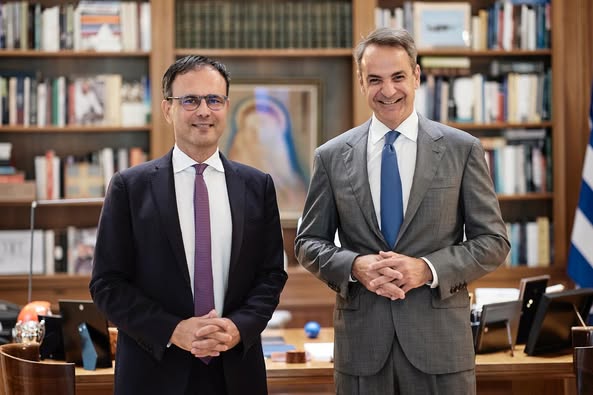
Greek PM’s Chief Economic Adviser Resigns
In the post on his Facebook page, Patelis did not disclose the reasons that led him to step down.

“Masdar Invests in the people of Greece and in the vision of TERNA ENERGY”
Four messages from the CEO of Masdar, the Arab renewable energy giant, after its acquisition of 70% of TERNA ENERGY

Lloyd’s List Greek Shipping Awards 2024: Honors for leading companies and personalities in the Greek shipping sector
20 awards presented at the 21st annual Lloyd's List Greek Shipping Awards

Syria’s Bashar al-Assad, His family Granted Asylum by Russia
Reuters also reported that a deal has been struck to ensure the safety of Russian military bases in the war-ravaged country

Greece to Introduce Artificial Intelligence into Its Education System
Currently, Greece is taking its first steps to bring AI into classrooms through the AI4edu program, which is being co-funded by the European Union
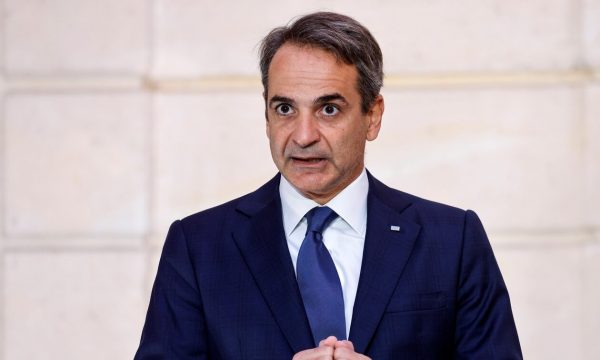
Greek PM Mitsotakis Announces Interventions in Banking Sector
Addressing banking fees, the prime minister emphasized the need for a more competitive banking system that benefits borrowers and depositors alike
























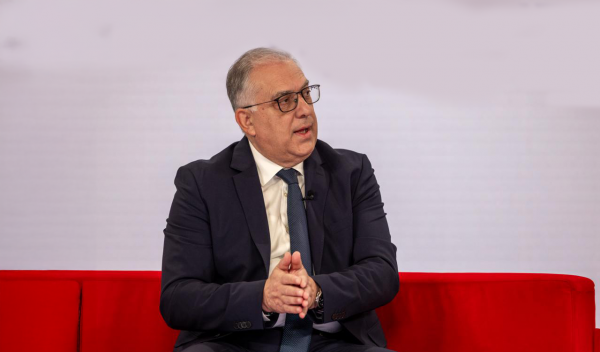

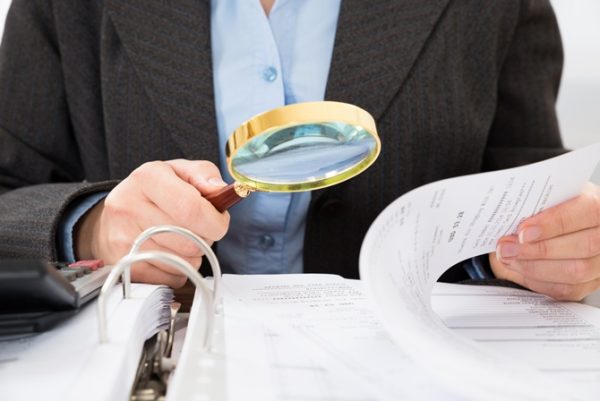
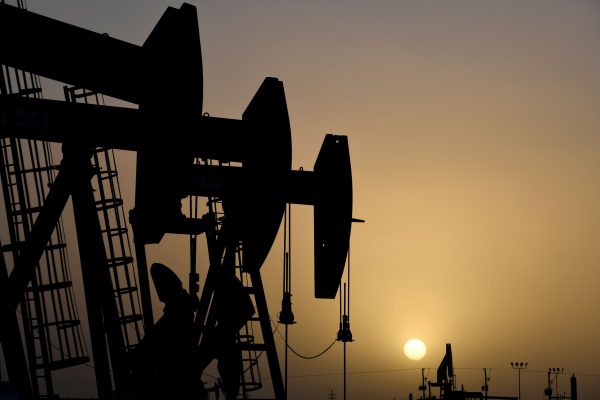



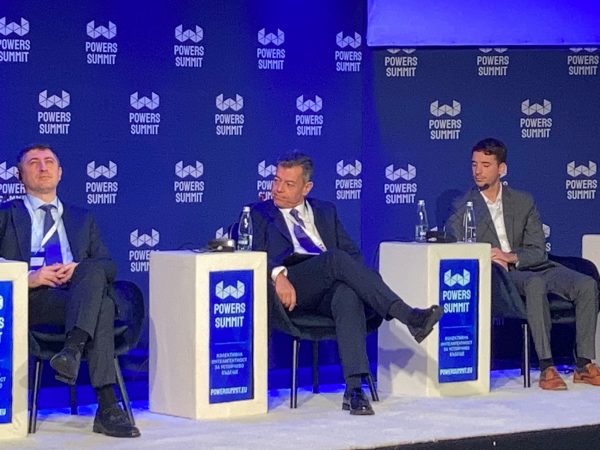
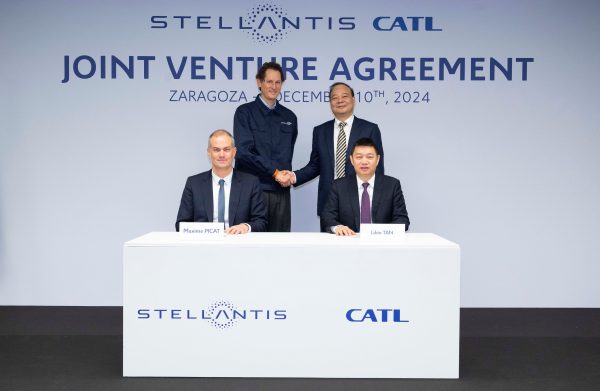



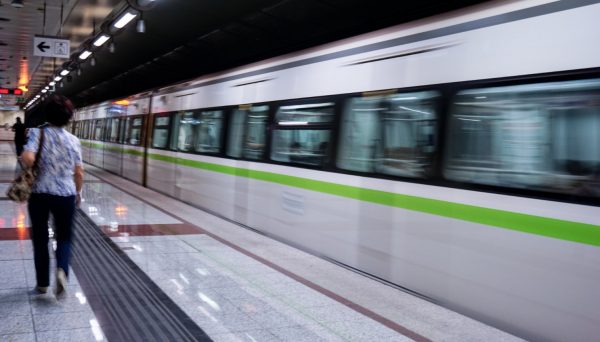

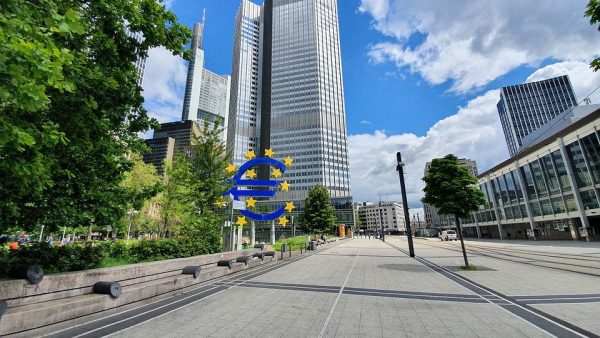
 Αριθμός Πιστοποίησης Μ.Η.Τ.232433
Αριθμός Πιστοποίησης Μ.Η.Τ.232433